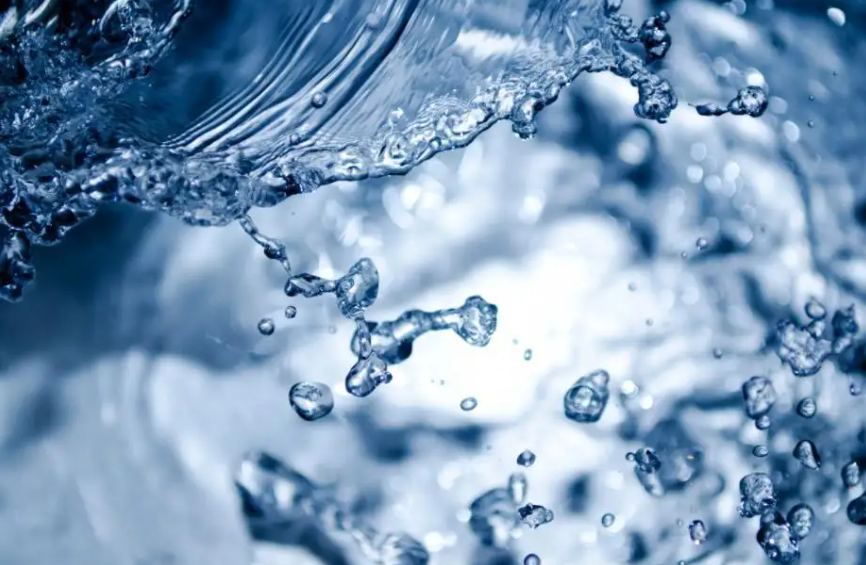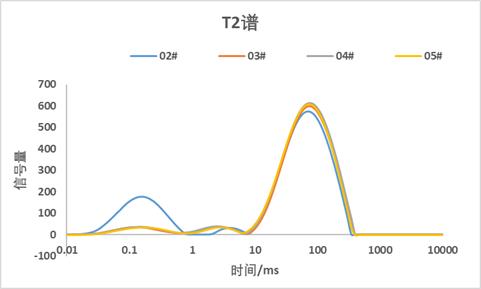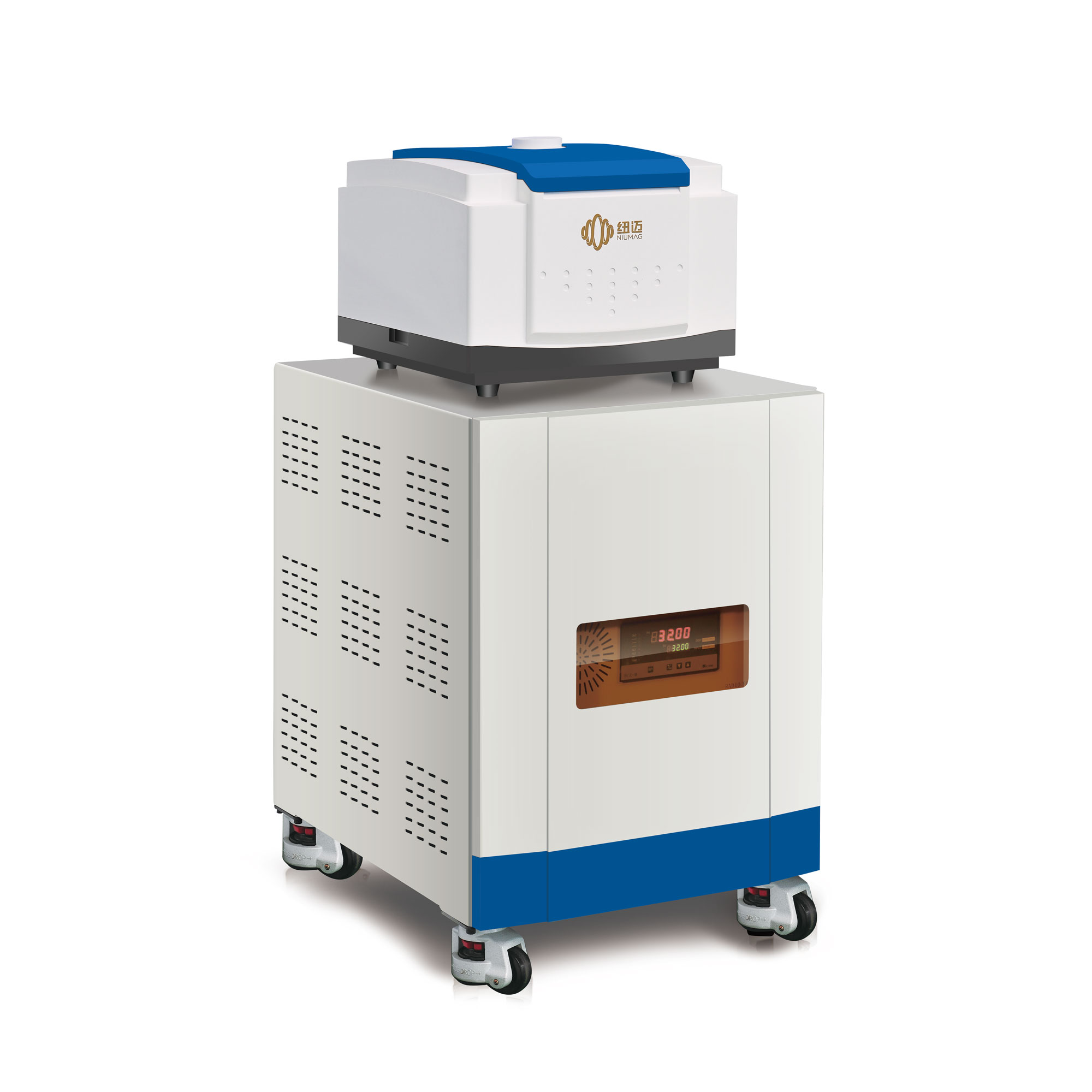Water Distribution in Food Determination
Importance of water distribution in food
Water is an important part of food and an important factor affecting food processing technology. water content, water distribution, and water state can greatly affect the structure, appearance, texture, flavor, and freshness of food.
Water is an important reason of food chemical changes and microbial action, which directly affects the storage and safety of food. Determination of water content, water distribution and water state in food is of great significance for controlling water, ensuring food quality and improving food safety.
Detection methods of water distribution in food
Direct drying to test water distribution
Test principle: The direct drying method is suitable for foods that do not contain or contain very little other volatile substances at 101 to 105 °C. Using the physical properties of water in food, the weight of the sample was determined by volatilization at 101-105°C under one atmospheric pressure, and the water content was calculated from the weighing values before and after drying.
Scope of application: vegetables, grains and their products, aquatic products, soy products, dairy products, meat products, stewed vegetables, grains, oil plants, starch, tea and other foods.
Drying under reduced pressure to test water distribution
Test principle: Decompression drying method is to use the physical properties of water in food. After reaching a pressure of 40~53kPa, heat it to 60℃±5℃, use decompression drying method to remove the water in the sample, and then pass the drying method before and after drying. Weigh the value to calculate the water content.
Scope of application: This method is suitable for the determination of the water content of foods that are easily decomposed, deteriorated or difficult to remove bound water when heated at a higher temperature, such as syrup, fructose monosodium glutamate, high-fat foods, fruits and vegetables and their products.
Distillation test water distribution
Test principle: Put the water-insoluble organic solvent and the sample into the distillation type water measuring device and heat, the water in the sample evaporates together with the solvent vapor, the vapor is condensed in the condenser tube, and the water content of the sample is obtained from the capacity of the water. content.
Scope of application: It is suitable for foods with more water and more volatile components such as fruits, spices, condiments, meat and meat products.
Karl Fischer Volumetric Method to test water distribution
The basic principle is: According to the chemical reaction of iodine with water and sulfur dioxide, when pyridine and methanol coexist, 1mol of iodine can only interact with 1mol of water. Karl Fischer water determination method is divided into coulometric method and volumetric method. The iodine measured by the volumetric method is added as a titrant, and the concentration of iodine in the titrant is known. According to the volume of the titrant consumed, the amount of iodine consumed is calculated, thereby measuring the water content of the measured substance.
Scope of application: It is suitable for the determination of trace water in foods, but not for the determination of water in foods containing oxidants, reducing agents, alkaline oxides, hydroxides, carbonates, boric acid, etc.
Low-field NMR to test water distribution
Low-field NMR technology is suitable for rapid and non-destructive testing of water content, water state, water distribution, and water migration of food and agricultural products. Low-field NMR technology can study the water information of food systems from three aspects: signal intensity, relaxation properties, and magnetic resonance imaging. Compared with traditional testing methods, low-field NMR method has the advantages of non-destructive, green, fast, convenient, accurate and multi-parameter detection.
Water content test: The signal detected by low-field NMR comes from 1H. For a certain quality of water, the magnetic resonance signal intensity is determined. A standard curve can be established through the one-to-one correspondence between the water mass and the signal intensity, and the water content of the sample can be quickly measured through the standard curve.
Water state and water distribution: Water in food can be divided into various states. water in different states has different molecular motion states. For example, free water has unrestricted molecules, high mobility, and long T2 relaxation time; while bound water Generally restricted by the surrounding material, the molecular mobility is low and the T2 relaxation time is short.
The characteristic T2 relaxation time parameter measured by low-field NMR can reflect the water molecules in different motion states; the spectral peak area corresponding to the T2 spectrum can further distinguish the water ratio of different motion states, that is, the water distribution.
NIUMAG NMR Analyzer for Food Water Distribution Study
 NIUMAG
NIUMAG


